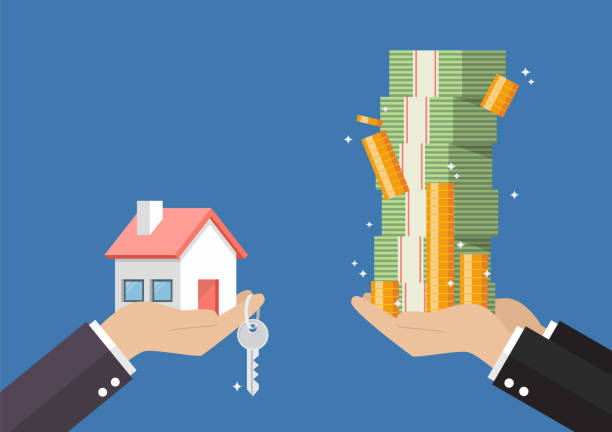End Users vs. Investors: Navigating the Dynamics of India's Housing Market [Updated on: April 2024]

The Indian housing market presents a fascinating study of contrasts, particularly when viewed through the lens of ownership - end users versus investors. Each group approaches property ownership with distinct objectives, strategies, and emotional investments, shaping the landscape of real estate in unique ways. This blog explores these contrasting perspectives, shedding light on their impact on the housing market and how developers cater to their diverse needs.
End Users: The Quest for a Dream Home
For end users, purchasing a home is often seen as a once-in-a-lifetime investment. Supported by loans from financial institutions, their primary goal is to create a personal asset, either to inhabit or to generate rental income. This demographic views their property as more than just bricks and mortar; it represents a personal haven, a space for family, and a significant emotional investment.
The sentimental value attached to their homes means that end users are generally less deterred by economic downturns. Their decision to purchase is driven by personal need rather than market conditions, making them less likely to delay a purchase in anticipation of market fluctuations. As long as their specific needs are met and the interest rates are favorable, end users are prepared to commit, demonstrating a resilience that developers often prioritize.
Investors: The Business of Real Estate
Contrastingly, investors approach real estate from a purely business perspective, viewing properties as instruments to yield attractive returns over short periods. They tend to buy properties in the early phases of construction, aiming to sell them when the market peaks. For investors, the emotional connection to the property is negligible; their focus is on the potential for profit.
Investors exhibit a good appetite for risk, coupled with the patience to wait out economic slowdowns for the right moment to sell. Their strategy often involves negotiating bulk deals and seeking substantial discounts, leveraging their financial capabilities to maximize returns. This group's approach requires a deep understanding of market trends and an ability to remain unemotional about the transactions.
The Developer's Balancing Act
Developers find themselves navigating these diverse clienteles, each with its own set of expectations and demands. Catering to end users involves understanding their personal aspirations and offering flexible, customer-centric solutions. For investors, developers must highlight the potential for appreciation and offer attractive financial incentives.
The challenge for developers lies in balancing these needs, ensuring that projects appeal to both demographics without compromising the other's interests. Successful developers are those who manage to create versatile projects that offer value to end users and profitability for investors, thereby fostering a healthy and dynamic real estate market.
Conclusion: Understanding the Spectrum
The Indian housing market's vitality stems from this dynamic interplay between end users and investors. Each group's unique approach and objectives contribute to the market's diversity and resilience, driving growth and innovation in the sector. For those navigating the real estate landscape, understanding these perspectives is crucial, whether you're buying your dream home, investing for the future, or developing projects that cater to this broad spectrum of buyers. In the end, recognizing and respecting these differences enriches the market, making it more inclusive and robust for all participants.
Interested in buying a property?
Leave your details – we’ll call within 5 minutes.
Comments
No comments yet. Be the first!